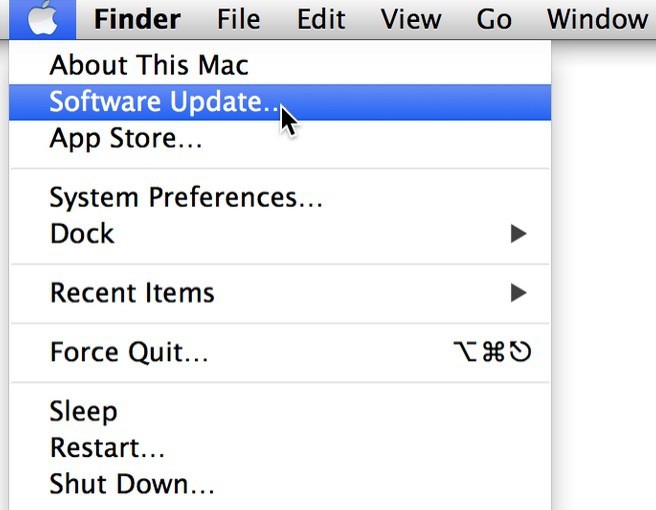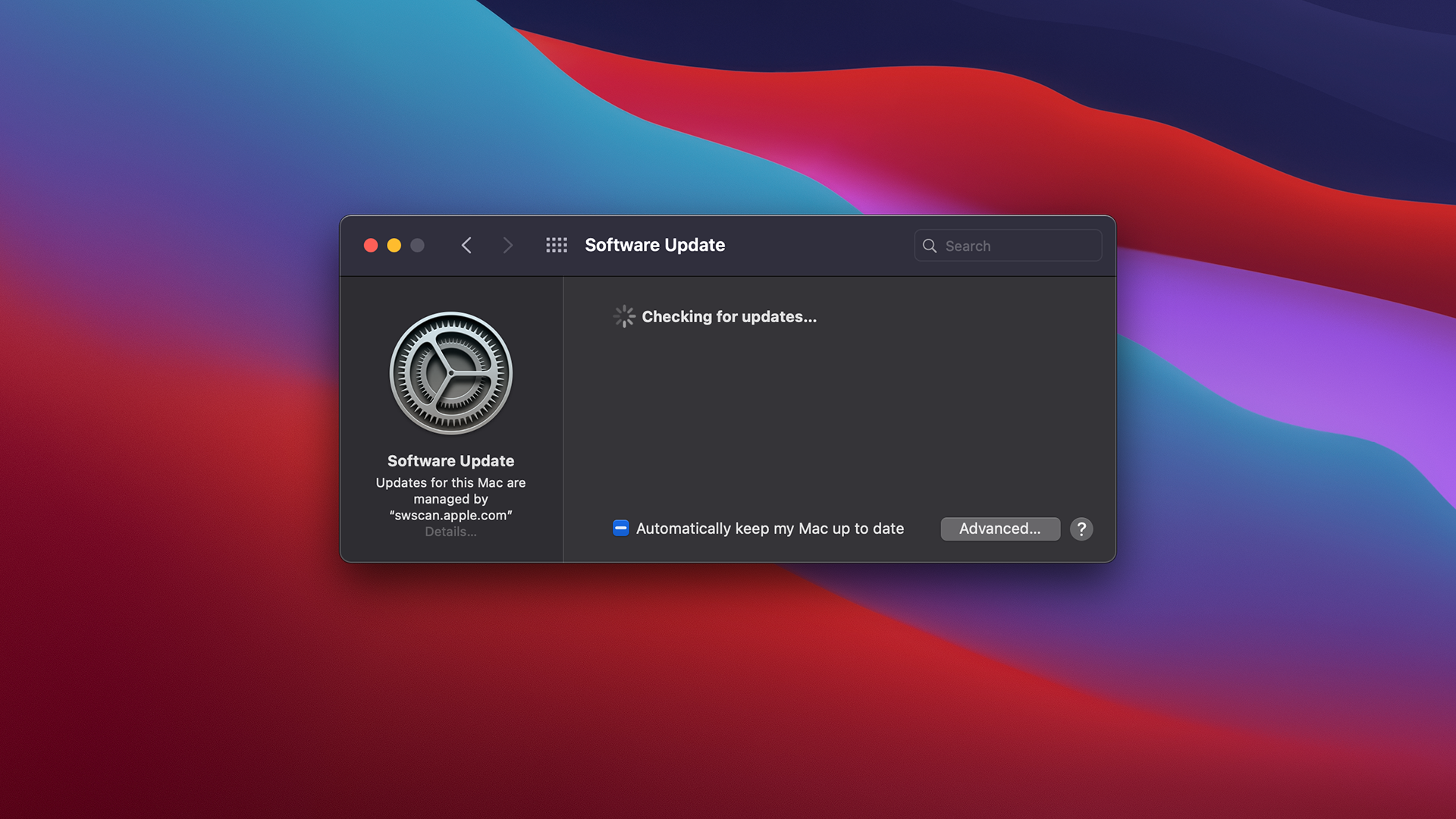
In contrast with upgrades, updates are more frequently released software patches that help secure or enhance the current operating system and are designed to protect your device against security or privacy vulnerabilities. Also, older devices may not be eligible for upgrades because they don’t have the space or power to support the new software. Upgrades are released much less frequently than updates, and can take a while to install because of their large size. Major upgrades typically make important changes to your system in functionality, user interface, and general appearance over the previous version. macOS also uses a simple integer (for example, macOS 11 and macOS 12), and may add a name-in this case, Big Sur and Monterey. For major upgrades of iOS, iPadOS, tvOS, and watchOS, a simple integer is used-for example, iOS 14 and iPadOS 15. Privacy Preferences Policy Control payload settingsĭistinguishing software upgrades from updatesĪpple operating systems use a version numbering scheme to distinguish major upgrades from minor updates.Dynamic WEP, WPA Enterprise, and WPA2 Enterprise settings.Kernel Extension Policy payload settings.Extensible Single Sign-On Kerberos payload settings.Extensible Single Sign-On payload settings.Exchange Web Services (EWS) payload settings.Exchange ActiveSync (EAS) payload settings.Conference Room Display payload settings.Certificate Transparency payload settings.Certificate Revocation payload settings.Certificate Preference payload settings.Autonomous Single App Mode payload settings.Active Directory Certificate payload settings.Automated Device Enrollment MDM information.Configure macOS for smart card–only authentication.Manage FileVault with mobile device management.Use a VPN proxy and certificate configuration.

MacBook Air Wi-Fi specification details.MacBook Pro Wi-Fi specification details.iPhone, iPad, and iPod touch Wi-Fi specifications.


Manage configurations and software updates.Identify an iPhone or iPad using Microsoft Exchange.Integrate Apple devices with Microsoft services.Manage content caching from the command line on Mac.Configure advanced content caching settings on Mac.Review aggregate throughput for Wi-Fi networks.Deploy devices with cellular connections.Add Mac computers to Apple School Manager or Apple Business Manager.Deploy devices using Apple School Manager or Apple Business Manager.


 0 kommentar(er)
0 kommentar(er)
